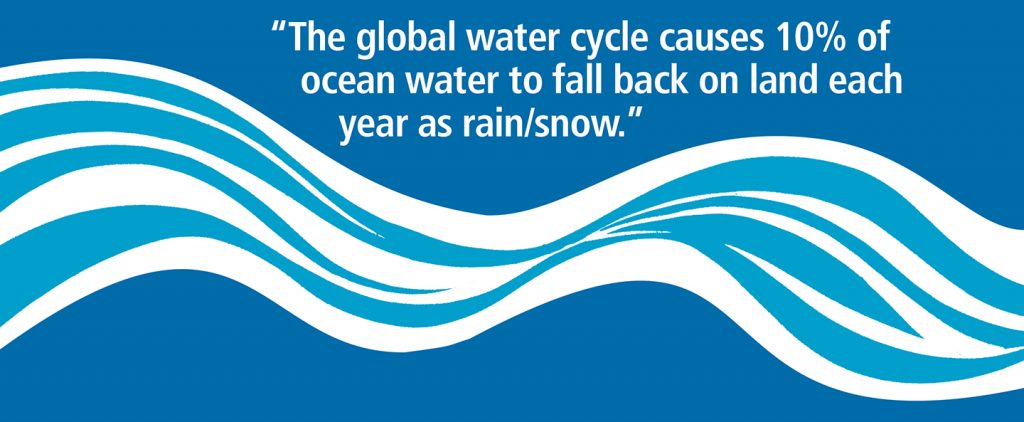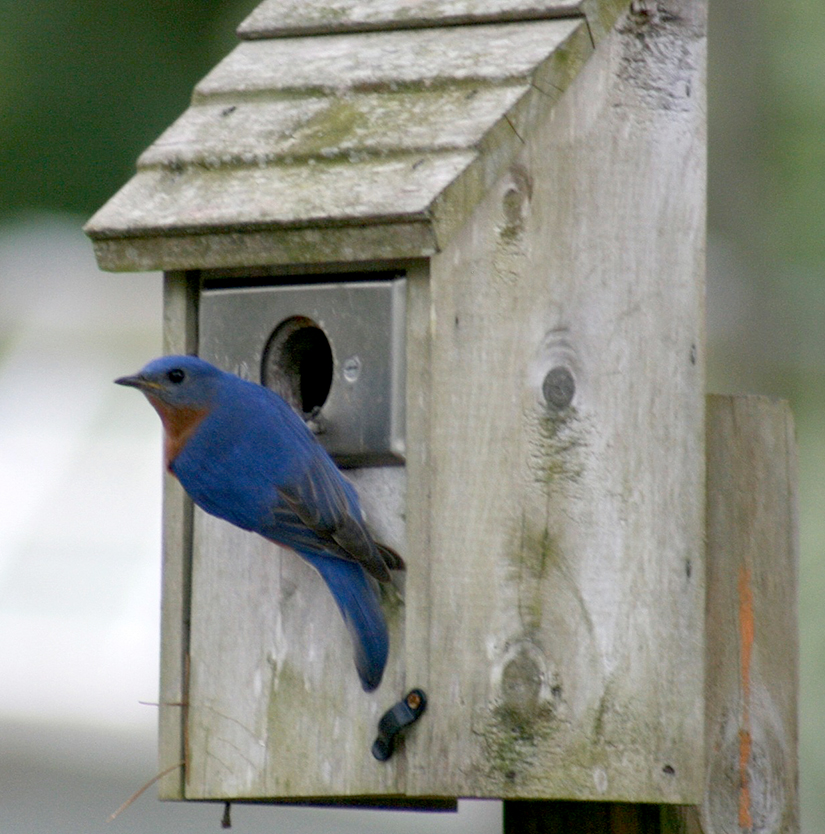Issue 2 – mid Rio Grande Times – April 2021
Collaborators: Sue Brown, Donna Detweiler, Mary Dudley, Tess Houle, Ken Gingerich, Adrienne Jones, Brian McKinsey, Sarah Nelson, Anne Schmauss, Deb Scott, Suzanne Shave

Issue 2 – mid Rio Grande Times – April 2021
Collaborators: Sue Brown, Donna Detweiler, Mary Dudley, Tess Houle, Ken Gingerich, Adrienne Jones, Brian McKinsey, Sarah Nelson, Anne Schmauss, Deb Scott, Suzanne Shave

Permaculture is an approach to living with nature instead of trying to control it. It encourages us to repair our natural world. In a broader sense, permaculture is a re-organizing of how we do things. It is a design system. Specific practices such as water harvesting, building berms and swales, constructing French drains, and collecting grey water are all actions that apply permaculture principles. Most require some time and energy but are not costly. All are doable by anyone living on agriculture land, residential or commercial properties. Here is a start!
Continue reading
Across the globe, species of roses have originated in high deserts. In New Mexico and Utah, our native rose is Rosa Woodsii. It grows at 7,700 to 10,000 feet above sea level, has small pink flowers, many thorns, and can grow to eight feet. It’s considered a species rose meaning it is an original variety from which others can be bred on its native root stock.
Roses which are bred, or hybridized, on native roots specific for an area have increased vigor, more blooms, and live longer. They also only require moderate water in spring and summer and less in fall and winter.
Hybridization is done by taking pollen from one species and placing it on the female part of the other, making sure that none of the pollen of the host species also self-pollinates. When the small red or orange rose hips (seed pods) develop in the fall on the host plant, their seeds ideally will have the desired characteristics of the donor rose but the root vigor of the host. However, it may take thousands of tries to get the desired pure new rose. An example is the Don Juan rose which only reached market as a cultivated rose after 10 year of testing. Cultivated roses are patented and there are stiff fines for using its seeds or cuttings to breed a new rose.
Continue reading
New Mexico boasts more than 300 species of birds and far more than 100 nest in our watershed. Those nesting in the mid Rio Grande watershed have two different strategies for nesting.

Cavity nesters are birds that typically use hollow cavities inside living or dead tree trunks as nesting sites. Often these cavities were originally created by woodpeckers and later taken over by other species such as chickadees, nuthatches, flycatchers and wrens. Birdhouses simply take the place of these cavities. Partly because of the growth of the human population, cavity bird nesting sites have become scarce. As we spread out to build more houses and cut down trees, we eliminates natural nesting cavities and increases the need for human-made birdhouses. Bluebirds are the perfect example. The effects of urban sprawl in the last century has had a devastating effect on bluebird populations. As a result, bluebirds today are quite dependent upon human-made housing. In New Mexico, both the Mountain and Western Bluebirds will readily nest in a proper nesting box.
What kind of bird house does a cavity nester look for? Will she feel safe at this location? Can she look around and fly out straight? How high from the ground does she like her home and what size hole fits her need to keep predators out? All these questions can be answered after you decide first which species of bird you want to attract. Some times birdhouses will be found at an artisana show or farmer’s market. A wide number of species specific choices are available through Wild Birds Unlimited.
What about the other birds?
Continue reading